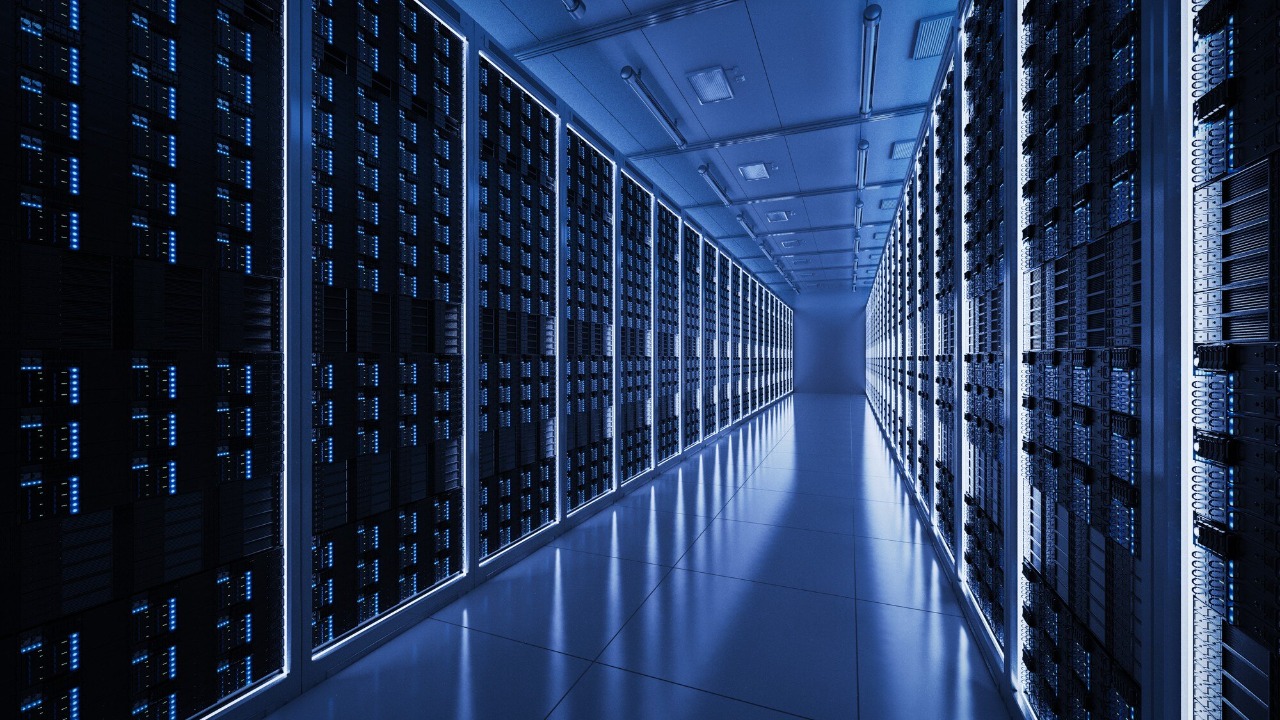
Data centers are increasingly resorting to solid-state drives (SSDs) as traditional hard drive supplies dwindle. This shift, reported on November 10, 2025, is a response to broader supply chain disruptions in the storage industry, forcing operators to stockpile SSDs despite their higher costs. This trend exposes vulnerabilities in global hardware manufacturing that could impact cloud services and AI infrastructure reliant on massive data volumes.
The Causes of Hard Drive Supply Shortages
Manufacturing bottlenecks in hard drive production have been a significant contributor to the current supply shortage. Constraints on raw materials and factory slowdowns have affected major suppliers, leading to a decrease in hard drive availability. Geopolitical tensions and natural disasters have further disrupted key supply chains for hard drive components since early 2025.
These disruptions have had a direct impact on data center operators. Delayed shipments have led to urgent pivots away from hard disk drives (HDDs), forcing operators to seek alternatives to meet their storage needs.
Shift Toward SSD Adoption in Data Centers
In response to the HDD unavailability, there has been a rapid increase in SSD procurement. Data centers have been building stockpiles of SSDs to meet future needs, despite the higher costs associated with these devices. The performance advantages of SSDs, such as faster read/write speeds, make them a viable alternative to HDDs, even with the price surges driven by hoarding behavior.
Major cloud providers have also been adapting their infrastructure to prioritize SSDs over traditional drives. This shift reflects the growing recognition of SSDs as a reliable and efficient storage solution in the face of HDD shortages.
Economic Implications of SSD Hoarding
The bulk purchases of SSDs by data centers have led to rising costs for these devices. This trend could potentially affect enterprise budgets, as companies may need to allocate more resources to storage procurement. Furthermore, this hoarding behavior could lead to secondary market shortages, impacting consumer and smaller business applications.
Given the current supply dynamics, forecasts for storage pricing trends through 2026 suggest that costs may continue to rise. This prediction underscores the economic implications of the shift towards SSDs in data centers.
Technological Adaptations and Innovations
Data centers have been making engineering adjustments to optimize SSD usage. Hybrid storage architectures, which combine the advantages of SSDs and HDDs, are one such adaptation. These architectures allow data centers to maximize storage efficiency while mitigating the impact of HDD shortages.
Emerging technologies, such as higher-capacity SSDs, are also being developed to alleviate hoarding pressures. However, scaling SSD infrastructure presents challenges, including power consumption and heat management issues. These challenges will need to be addressed as SSDs become more prevalent in data centers.
Broader Industry and Environmental Impacts
The HDD shortages are accelerating the phase-out of older storage technology in favor of more efficient SSDs. This shift has potential environmental benefits, as SSDs use less energy than spinning hard drives. As a result, the transition to SSDs could contribute to reduced energy consumption in data centers.
However, the shift towards SSDs also raises questions about global data storage sustainability and recycling efforts for displaced HDDs. These issues will need to be addressed as the industry continues to evolve.
Future Outlook for Storage Supply Chains
Looking ahead, potential resolutions to HDD shortages could include diversified manufacturing or the entry of new suppliers. However, the sustained dominance of SSDs in data centers suggests that strategies will also need to be developed to mitigate ongoing hoarding risks.
Policy recommendations for stabilizing the storage market amid evolving tech demands could also play a crucial role in shaping the future of the industry. As data centers continue to adapt to changing circumstances, the importance of a resilient and flexible storage supply chain becomes increasingly clear.
As reported by TechSpot, the shift towards SSDs in data centers is a significant development in the storage industry. The trend underscores the need for robust supply chains and innovative solutions to meet the growing demand for data storage.
More from MorningOverview